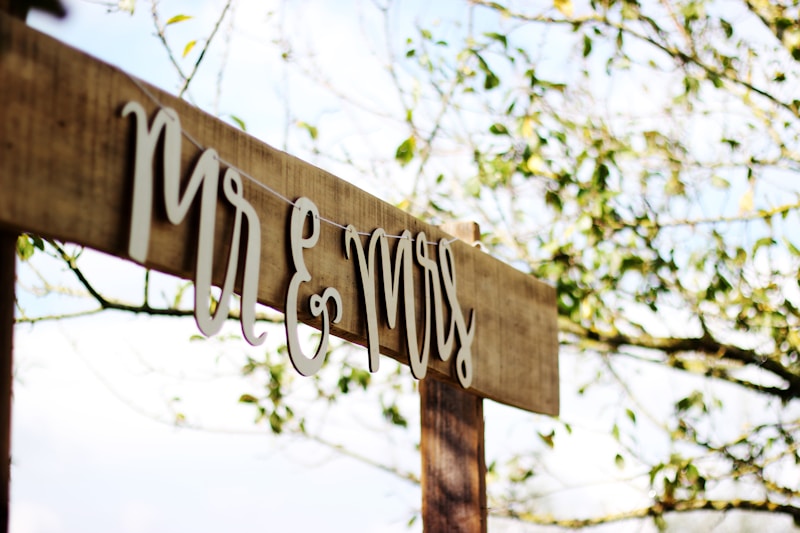Understanding Wedding Dress Sizing: A Comprehensive Guide for Brides-to-Be
Introduction to Wedding Dress Sizing
Choosing the perfect wedding dress is one of the most exciting parts of wedding planning for brides. However, one significant aspect that can often become overwhelming is understanding wedding dress sizing. With so many sizing systems and variations among designers, finding your ideal fit can feel daunting. This article aims to demystify wedding dress sizing, providing helpful tips, insights, and a comprehensive understanding that will make your dress shopping experience smoother and more enjoyable.
The Importance of Accurate Sizing
When it comes to wedding dresses, accurate sizing is crucial. Unlike regular clothing, bridal gowns often have unique sizing standards. A mismatch in size can affect the overall look, comfort, and confidence on your big day. Thus, understanding how sizing works in the world of bridal fashion is essential.
Understanding Different Sizing Systems
There are several sizing systems used worldwide, which can confuse brides when selecting their wedding dress. Here are the most common systems:
| Sizing System | Notes |
| US Sizing | Typically runs from 0 to 30. Brands may vary in cut. |
| UK Sizing | Uses a different numbering system (4 to 32). About 2 sizes larger than US. |
| European Sizing | Numbers range from 32 to 58 (which can equate to a range of US sizes). |
| Bridal Size | Often differs from standard clothing sizes and is usually 4 to 6 sizes larger than your street size. |
How to Measure for Your Wedding Dress
To ensure the best fit, accurate measurements are essential. Here’s how you can measure yourself or be measured by a friend:
- Bust: Measure around the fullest part of your bust, ensuring the tape is snug but not tight.
- Waist: Measure around the narrowest part of your waist, typically just above your belly button.
- Hips: Measure around the widest part of your hips.
- Hollow to Hem: Stand straight and measure from the hollow of your neck to the floor.
- Shoulder Width: Measure from one shoulder seam to the other if you’re considering designs with straps.
Having someone assist you will ensure you take accurate measurements. It's also helpful to wear fitted clothing for clarity.
Considerations When Trying on Wedding Dresses
When you visit bridal boutiques, remember these key tips:
- Check for Size Variance: Don’t be surprised if a size 8 gown fits snugly while a size 10 feels loose. Different brands have different cuts.
- Bring Your Bra: Wear the undergarments you plan to wear on your wedding day to get a true sense of how the dress will fit.
- Be Open to Alterations: Most dresses will require some tailoring for the perfect fit.
- Don’t Overlook Custom Sizing: If standard sizes don’t fit well, inquire about custom fittings offered by many designers.

Common Questions About Wedding Dress Sizing
Brides-to-be often have similar questions when it comes to understanding wedding dress sizing. Here are some of the FAQs:
- What happens if I’m between sizes? If you find yourself between sizes, many bridal shops suggest ordering the larger size. It’s easier to make a dress smaller than to let it out.
- How long before my wedding should I buy my dress? Ideally, you should aim to start dress shopping 6-12 months before your wedding. This timeline allows for proper fitting and alterations.
- What if I lose or gain weight before the wedding? It's important to keep the dress manufacturer updated on your body changes. However, also remember that wedding dresses can be altered, within reason.
Tips for Choosing the Right Wedding Dress Size
To make the selection process easier, follow these practical tips:
- Start Early: Begin your search early to find a dress that suits your style and size.
- Research Designers: Familiarize yourself with various designers' sizing charts and styles.
- Book Appointments: Schedule fittings and consultations to receive personalized assistance.
- Stay True to Your Style: While advice from friends and family can be valuable, ultimately choose a dress that makes you feel beautiful.
The Role of Alterations in Wedding Dress Sizing
Most wedding dresses are not going to fit perfectly off the rack. Alterations are a standard part of the wedding dress process and can adjust the fit, length, and style of your gown. On average, brides should budget extra time and finances for alterations. You may need to visit the tailor multiple times before your dress is perfect, which is why starting earlier is crucial.
Finding a Reliable Tailor
Look for a tailor experienced in wedding gown alterations. Ask for recommendations from wedding planners or bridal shops. Once you find a tailor you trust, communicate your vision clearly and ensure they understand any concerns regarding fit and style.
Conclusion: Key Takeaways on Understanding Wedding Dress Sizing
In conclusion, understanding wedding dress sizing can help to alleviate stress as you prepare for your special day. Take the time to measure accurately, research designers, and approach fittings with an open mind. Remember that every designer's sizing may differ, and don't hesitate to request alterations to achieve your dream fit. Planning ahead and following these helpful tips will ensure you find a wedding dress that complements your figure and enhances your confidence, allowing you to shine as you walk down the aisle. Lastly, keep in mind that the most important thing is to wear a dress that you love and feel comfortable in, as that will truly make you radiate on your special day!